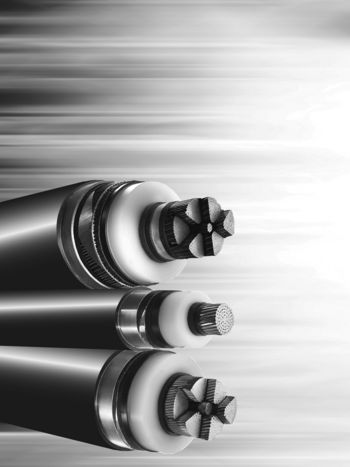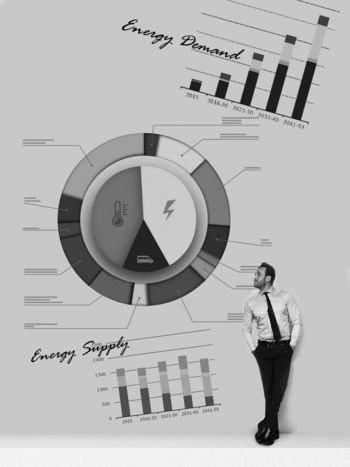Guidelines for Fire Risk Management in Substations
Fires within substations can damage equipment and facilities, creating safety impacts for operating personnel, the public and emergency response personnel, cause environmental hazards and increased fire risks to nearby property. Effective fire prevention/mitigation measures can reduce fire risk, and should be integral to the lifecycle, namely- planning, design, operation and maintenance of substations.
Members
Convenor
(JP)
S. NOGUCHI
Secretary
(SG)
A. CHEANG
J. CAMDEN (US), M. FURUYA (JP), T. LEE (AU), U. KNUDSEN (DK), R. MARTIN (GB), M. MCVEY (US), J. NIXON (GB), A. OKADA (JP), A. PEREIRA (FR), R. SLAUGHTER (GB), G. TRÉMOUILLE (FR)
Corresponding Members
H. CUNNINGHAM (IE), J. RANDOLPH (US)
Introduction
This Technical Brochure aims to provide guidelines for substation owners and engineers to manage fire risk continuously with the following intent. Outline of these contents are shown in Figure 1.
- Understand fire risk in substations, including the consequences and potential impact of fire on human safety, property and equipment.
- Summarize effective protection measures to mitigate the fire risk in terms of design, construction, operation and maintenance.
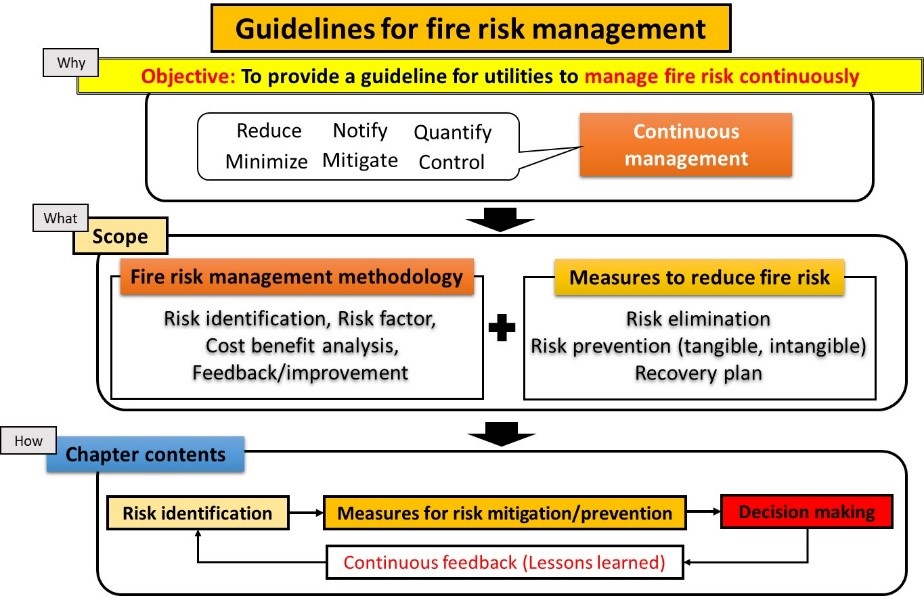
Figure 1 - Objective and structure of this Technical Brochure
The scope of the brochure includes following contents:
1. A survey to collect information on fire related experiences in substations. This survey includes the items below in order to capture the current situation concerning risk, impact and countermeasures to fire in substations:
- Number/rates of fire incidents
- Cause, scenarios, measures for fire incidents
2. Fire risk evaluation to provide guidance on evaluation of fire risk and determining acceptable loss criteria in the case of a fire including:
- Fire scenarios, consequences and probability
- Grid/equipment reliability, cost-benefit analysis for countermeasures
3. Fire protection design and practices to provide an overview of design methodologies and practices for fire protection with regards to indoor/outdoor/underground/mixed building or equipment fires in substations considering the following points.
- Outdoor (oil spillage prevention, layout design, separation, fire stops etc.)
- Indoor/underground (Alarm/detection system, fire suppression, building structure, safety measures, evacuation route etc.)
- Equipment (transformers, onload tap changers, oil-circuit breakers, capacitors, bushings, new types of assets in/around substations – battery storage, telecom generators etc.)
4. Fire risk management during construction work
5. Fire risk management in Operations and Maintenance including:
- Safety measures and rescue procedures (including training)
- Fire plans, coordination with fire authorities
- Mitigation for fire risk around substations
- Wildfire and bushfire risks
6. Overview of new approaches and available technologies for fire protection as well as new approaches will be discussed with examples of installations provided.
Structure and content of the Technical Brochure
The scope and main results of this Technical Brochure includes the contents below. The main points are summarized in Figure 2.
1. Overview of survey results and workshop
2. Substation fires (risk identification)
3. Fire risk mitigation for substation lifecycle
3.1 general (lifecycle management)
3.2 outdoor substations
3.3 indoor substations
3.4 underground/mixed building (shared) substations
3.5 offshore substations
4. Equipment and materials
5. Fire risk evaluation, decision making
6. Conclusion
Appendix case studies
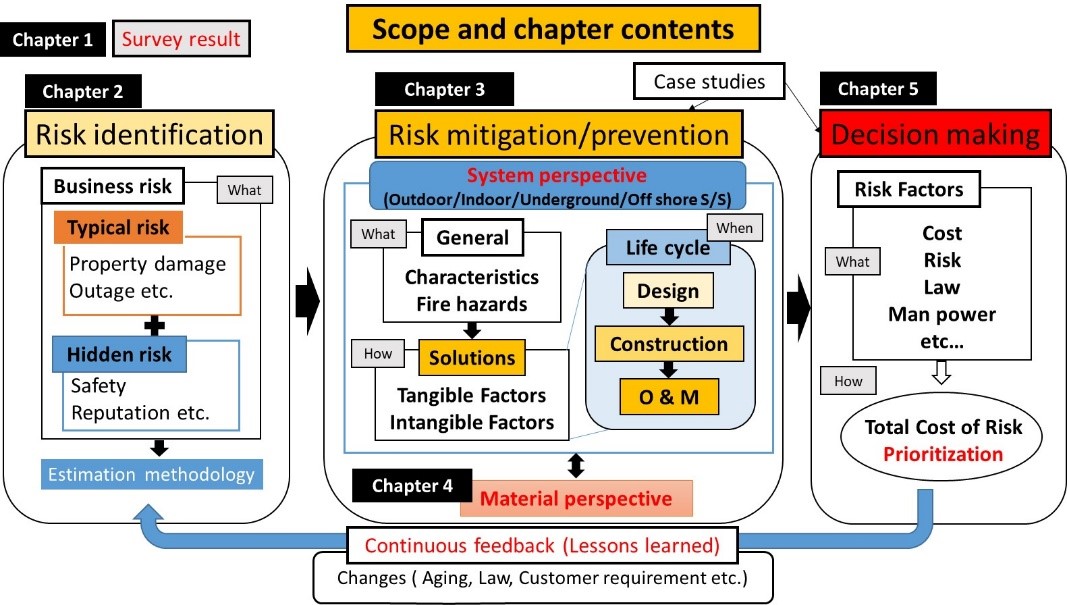
Chapter 1 contains the results of a survey which was conducted to gather details to identify and understand fire risk in substations, including the consequences and potential impact of fire on human safety, property and equipment involving 35 responses from 21 countries worldwide. Chapter 1 also presents the results of a Workshop which collected feedback from the attendees on fire mitigation strategies.
In Chapters 2 and 5, fire risk management methodology is discussed, namely, risk identification (as shown in Figure 3 below) and decision making. These topics are presented mainly to determine acceptable loss criteria in the event of a fire, including risk classification in terms of Total Cost of Risk evaluation. A specific case study on this approach is presented in Chapter 5 taking measures to handle transformer fire risk as an example.

Figure 3 - Risk identification (iceberg analogy)
In Chapter 3, fire prevention/mitigation measures are discussed to provide an overview of methodologies and practices in substation lifecycle with regard to indoor/outdoor and underground aspects. These measures cover not only tangible factors (as shown in Figure 4 and 5 below) taken into account mainly at design stage, but also intangible factors mainly at the Operation and Maintenance stage; e.g., training, coordination with fire authorities etc. It is essential to balance intangible factors; i.e. "People", "Process" and "Technology" in order to make physical, tangible factors effective in practice.
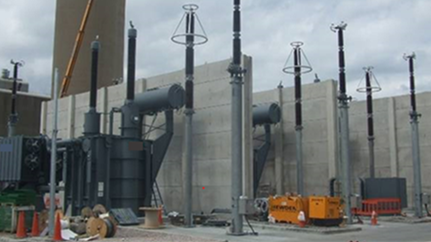
Figure 4 - Fire barriers installed
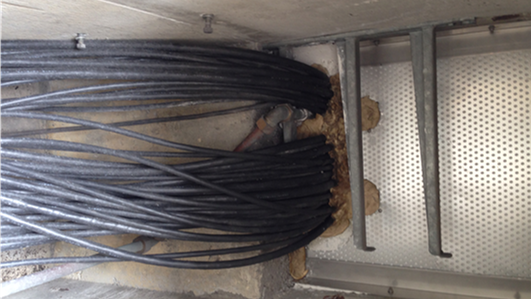
Figure 5 - Fire stopping
In Chapter 4, fire risk management for equipment/material aspects are discussed covering the main points for fire risk management such as insulation materials for the main equipment.
Conclusion
This Working Group was launched to provide guidelines for fire risk management in substations for owners, OEMs, service providers and users. The Working Group members recognize it is essential to secure stable power supply and public safety in any business activities related to substations. Fire risk management is of primary importance since a fire can cause severe equipment damage, threats to public safety as well as impacts on supply reliability. If a utility has experienced a fire incident in a substation, appropriate countermeasures should be developed so that fire incidents would not be repeated by determining the root cause behind the incident and undertaking mitigating measures to avoid repetition.
To control fire risk, it is necessary to apply appropriate measures to all phases of the substation lifecycle. These measures should be continuously reviewed within an organization reflecting lessons learned from their practices, changes in circumstances affecting substations and so on, which we believe is an essential aspect of asset risk management.
In this Working Group , we focused on two main categories of risk management, namely, risk management methodologies and measures to reduce fire risk. The former is to understand and identify fire risk in substations while the latter is to summarize effective prevention/mitigation measures to reduce the fire risk in terms of design, construction, operation and maintenance.
Solutions to manage fire risk in substations can differ from country to country and utility to utility depending on factors such as laws, regulations, substation criticality and so on. This technical brochure does not recommend particular practices as the best solution but aims to provide valuable viewpoints and methodologies to manage fire risk in substations. Each substation design and situation is unique so not one singular approach can be suitable. The brochure provides a catalogue of best practises to choose from for each designer and responsible owner.
This brochure includes a number of conceptual diagrams, classifications, case studies, examples and so forth to better help readers understand these contents. Though those practices may represent relatively novel approaches, the members of the Working Group enjoyed the interactions and collaborations while writing this brochure. Hopefully the readers will enjoy reading the contents as well.
The Working Group greatly appreciates all the contributions of members and volunteers. The hope is readers will find the information useful, enlightening and provide safer outcomes.



